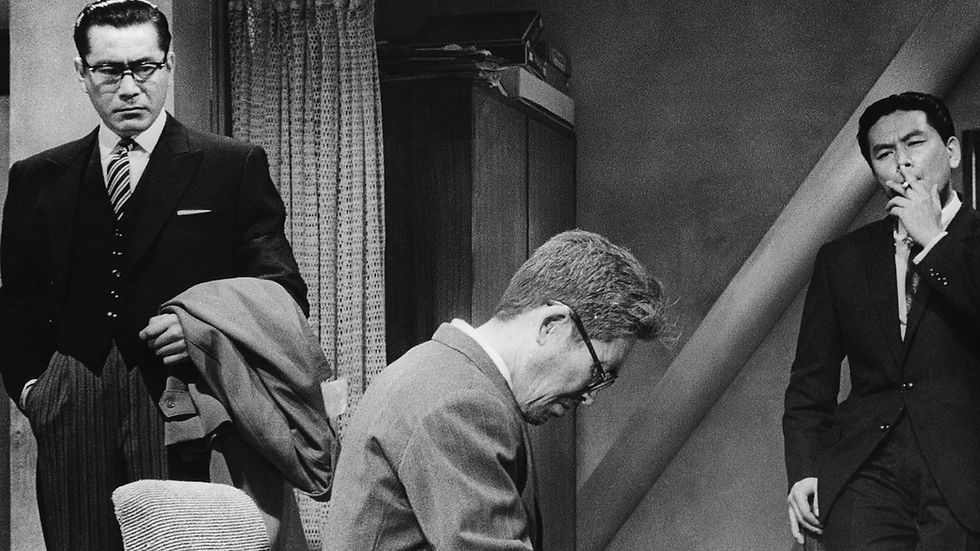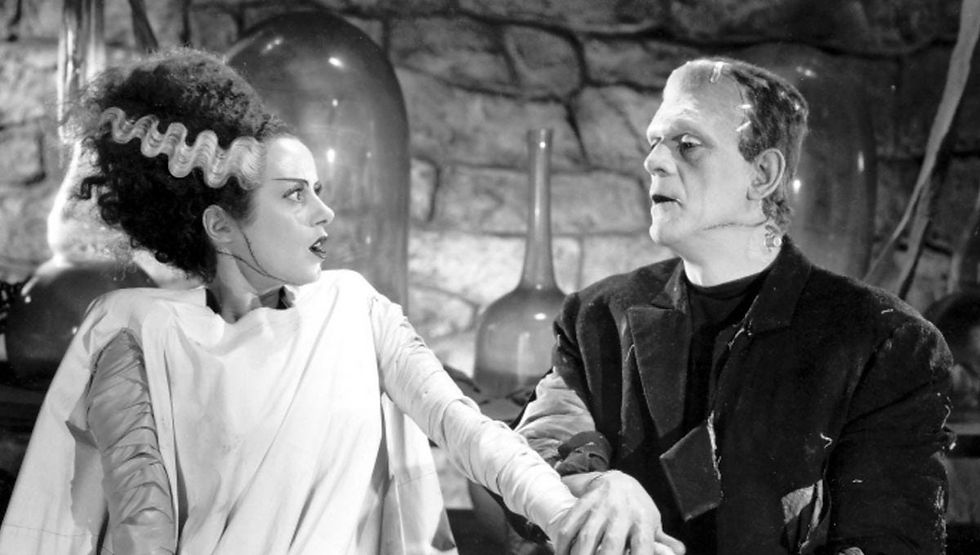Stray Dog (1949) Review - Dylan McCully
- Dylan McCully
- Sep 21, 2023
- 2 min read
Updated: Oct 2, 2023
Written by Dylan McCully, 10/14/22
Dylan McCully's Cinema: https://www.imdb.com/list/ls521125877/

Kurosawa and co-writer Ryuzo Kikushima were inspired by the American film noirs of the 40's, and decided to make on of their own, about a detective who gets his gun stolen. The leading man is of course Toshiro Mifune, who is dynamic as Murakami - the robbery victim/detective. Eventually he gets paired with Takashi Shimura, a veteran detective, who is shown to be masterfully affective at interrogation and putting the pieces together. As the mystery unravels and Murakami learns the distressing nature of his occupation, we meet some new suspects such as the sister of the criminal, Harumi Namiki, but I don't want to spoil anything else from there.
On a technical level, this is one of the best film noirs ever made. In a mystery, the most important visual element is what is not seen, what hides behind the many shadows. Kurosawa plays with that like a god in a sandbox and every scene is composed brilliantly. The powerful mise en scene that Kurosawa provides creates many shots where the actors don't need to say anything. Their placement on the set, the way they're facing, and the lighting says everything we need to know.
One example of Mifune's masterful acting in Stray Dog is towards the beginning when Murakami is looking for his lost gun. Mifune's eyes are superimposed over quick cut shots of the many people in the city. His eyes dart back and forth, portraying his anxiety and ambition as a young detective. This is what Mifune is a master at - giving so much from little things, a twitch of the face or the movement of the eyes. Shimura is great as the wiser detective, Sato, whose relationship with Murakami is one of the highlights from the film. 7.5/10
Kurosawa Ranking:
1. Stray Dog (1949) - 7.5/10
2. Drunken Angel (1948) - 6.5/10






Comments